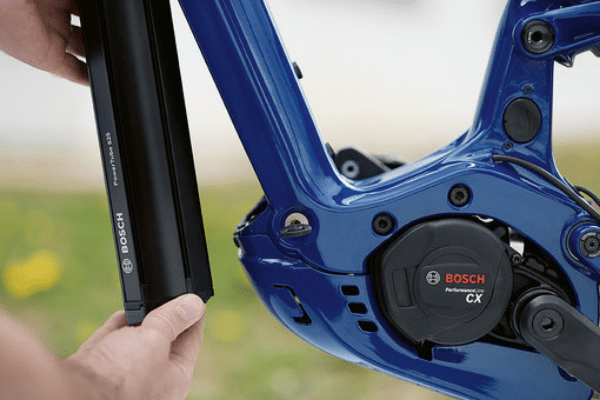“An e-bike costs the same as a car”
“Nice, but it's too expensive for a bicycle”
“With all that money I'll buy a motorbike”.
In reality, the economic offer for the purchase of a good pedal-assisted bicycle is extremely wide and varies from 950 euros for a City e-bike up to over 10,000 euros for super performing Mountain e-bikes.
Italians, especially since they are forced to live with Covid-19, have increasingly rediscovered the use of the bike, not only intended as a tool for entertainment in their free time, but also as a means of daily transport and a new opportunity to discover territories and landscapes.
This new user has been added to those who have already been passionate about e-bikes for some time, to those who love using their bicycle to travel along very challenging paths and throw themselves headlong down often very dangerous descents.
It is clear that the needs of those who use the bike at a sporting level need to use an extremely reliable and high-performance vehicle, to have adequate responses in terms of safety and handling.
These athletes know the characteristics of an e-bike perfectly and often enter the shop declaring with great competence what they want.
From today we instead want to provide a small handbook on e-bikes to those who do not possess this skill and would like to acquire a basic knowledge of what the distinctive elements of an e-bike are.
Let's start by talking about the main element of a pedal-assisted bicycle: the MOTOR.
The motor is the element that transforms the electrical energy supplied by the battery into mechanical energy, making the bike move forward; the maximum power that can be delivered by all motors is 250 Watts, just as the maximum operating speed is within 25 km/h, limits imposed by law.
There are essentially two different types of engines: a rear hub or central.
The hub motor rear it mainly uses the pedaling sensor and is activated as soon as it detects a slight pressure on the pedals, thus allowing the cyclist to pedal without making the slightest effort, especially on flat terrain.
This engine is normally mounted on City e-bikes, used to move around the city or on cycle paths and is able to easily overcome short climbs, overpasses and underpasses.
It is an engine also suitable for extra-urban journeys and, if desired, also for some dirt roads or "light dirt roads", with the care, in this case, of choosing a 48 Volt power supply which will allow you not to absorb too much power from the battery and therefore avoid it running out too quickly; there are also 24 Volt (now very few) and 36 Volt power supplies, equally valid if you decide to use the bicycle mainly in the city.
The central engine it is normally combined with a torque sensor system and is positioned on the bottom bracket (above the pedal axis).
It delivers power directly proportional to the thrust that the cyclist applies to the pedal and therefore, to function optimally, requires constant and "round" pedaling that always keeps the chain in "tension".
This engine is mainly mounted on Trekking and Mountain e-bikes, suitable for off-road use, where power management depends on how much the user "pushes" on the pedals.
With this engine it will be possible to cover extremely rough terrain and overcome very steep climbs, impossible to tackle with a rear hub motor; for these reasons it is an ideal motor for those who use the electric bicycle for sports or to fully experience nature even on steep and
There is therefore no engine that is better than another but, rather, there is an engine that is suitable for what you want to do and where and how you intend to use the vehicle: in the city for daily travel, on off-road routes for a more sporty audience who seeks a deeper contact with nature.
Next week we will talk about the other fundamental element of an e-bike, directly connected to the engine: the DRUMS.

